Boat Safety Equipment Checklist
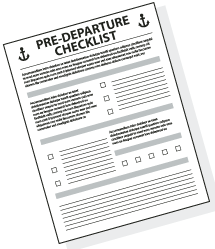
No two boating trips are the same, so you need to treat every trip seriously and always take some basic precautions before setting out.
Remember, not all boaters, or passengers, have the same experience or comfort level. With the many variables encountered on the water, it's easy for accidents to happen if precautions are overlooked.
One of the best ways to be prepared is to use a pre-departure checklist before each trip---even short trips! This type of checklist is easy to review, and it makes sure that you aren't caught unprepared. You can also use it to keep new passengers informed and comfortable.
Below is an example of what should be included on your pre-departure checklist. Download our printable PDF!
Pre-Departure Checklist
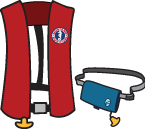
Personal Flotation Devices (Life jackets)
- You need to have at least one U.S. Coast Guard-approved PFD onboard per passenger—and a minimum of two PFDs total. So if you're boating alone, you need two PFDs on board.
- If your boat is longer than 16 feet, you also need to have a throwable type four PFD on board.
- Make sure to tell all of your passengers where the PFDs are located.

Sound-Producing Devices
- You need at least two sound-signaling devices on board, such as an air horn, bell or whistle.
- If you are carrying an air horn, also pack a spare can of compressed air.
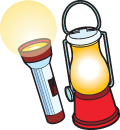
Lights
- Check to make sure you have all the required navigation lights and that they are working properly.
- And always carry a flashlight on board.

Distress Signals
- Make sure that passengers know where distress signals are located and how to use them. Store flares in a dry, accessible location.
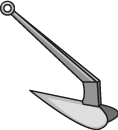
Docking and Anchoring
- You need to have at least one anchor onboard, attached to the anchor line.
- You'll also need two fenders for docking
- Inspect your fenders and anchor line.
- Have a coule of spare dock lines onboard.
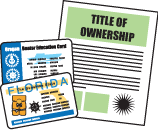
Documentation
- Have all of the required documentation for your planned activities, including boat registration, radio license, fishing permits and boater education card.
- Keep local charts on hand for quick reference

Fire Extinguishers
- If required, have a U.S. Coast Guard-approved fire extinguisher stored in an accessible place.
- Check that it's securely mounted and not expired.
- Inform all passengers of fire extinguisher location(s).
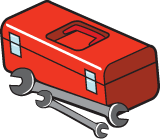
Tools and Spares
- Keep a basic toolbox onboard with commonly used spare parts, like a fuel filter and light bulbs.
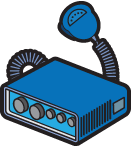
Emergency Boat Operation
- Inform all passengers of procedures for emergencies on the water, including stormy weather.
- If you have a VHF radio, know how to use it.
- Keep a well-stocked first aid kit in an accessible location.
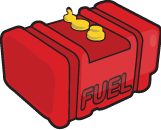
Fuel and Oil
- Before leaving, check that you have enough fuel for the trip and that the oil and coolant are at good levels.

Ventilation
- On powered vessels, make sure enclosed spaces are well ventilated
- Run the blower for 4 full minutes before turning on the engine.
- If fumes are present after blowing, look for a leak or spill.
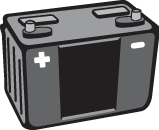
Battery Care
- Check that the battery is fully charged before leaving.
- Also check that all battery powered equipment is working and pack spare batteries for important accessories like your handheld radio and flashlight.

Weather Forecast
- Always check the forecast before any trip.
- Keep a handheld radio handy so you can regularly monitor the weather.
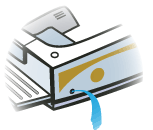
Bilges
- Make sure the bilge is dry, clear of waste, and that your bilge pump is working properly.

Float Plan
- File a float plan with passengers and boat information with a friend or reliable party.
